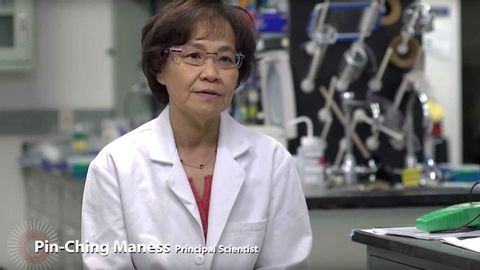
Subtitles & vocabulary
Pathways to Renewable Hydrogen
00
songwen8778 posted on 2016/07/22Save
Video vocabulary
make
US /mek/
・
UK /meɪk/
- Transitive Verb
- To arrange or prepare something e.g. dinner
- To get to (a place) on time
- Noun
- Product made by a particular company; brand
A1
More potential
US /pəˈtɛnʃəl/
・
UK /pəˈtenʃl/
- Adjective
- Capable of happening or becoming reality
- Having or showing the capacity to develop into something in the future.
- Uncountable Noun
- someone's or something's ability to develop, achieve, or succeed
A2TOEIC
More break
US /brek/
・
UK /breɪk/
- Verb (Transitive/Intransitive)
- To create a new record e.g. running the 100m dash
- To form a crack in something
- Noun
- Time you stop an activity before continuing
- End of a relationship
A1TOEIC
More critical
US /ˈkrɪtɪkəl/
・
UK /ˈkrɪtɪkl/
- Adjective
- Making a negative judgment of something
- Being important or serious; vital; dangerous
A2
More Use Energy
Unlock All Vocabulary
Unlock pronunciation, explanations, and filters
